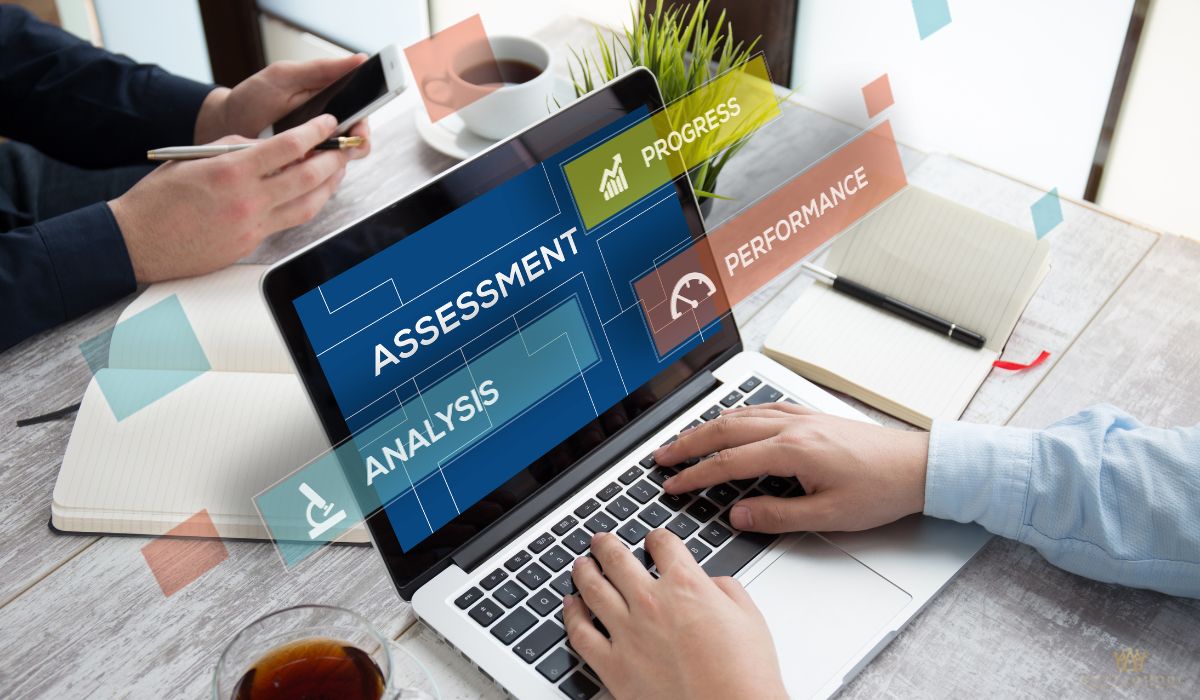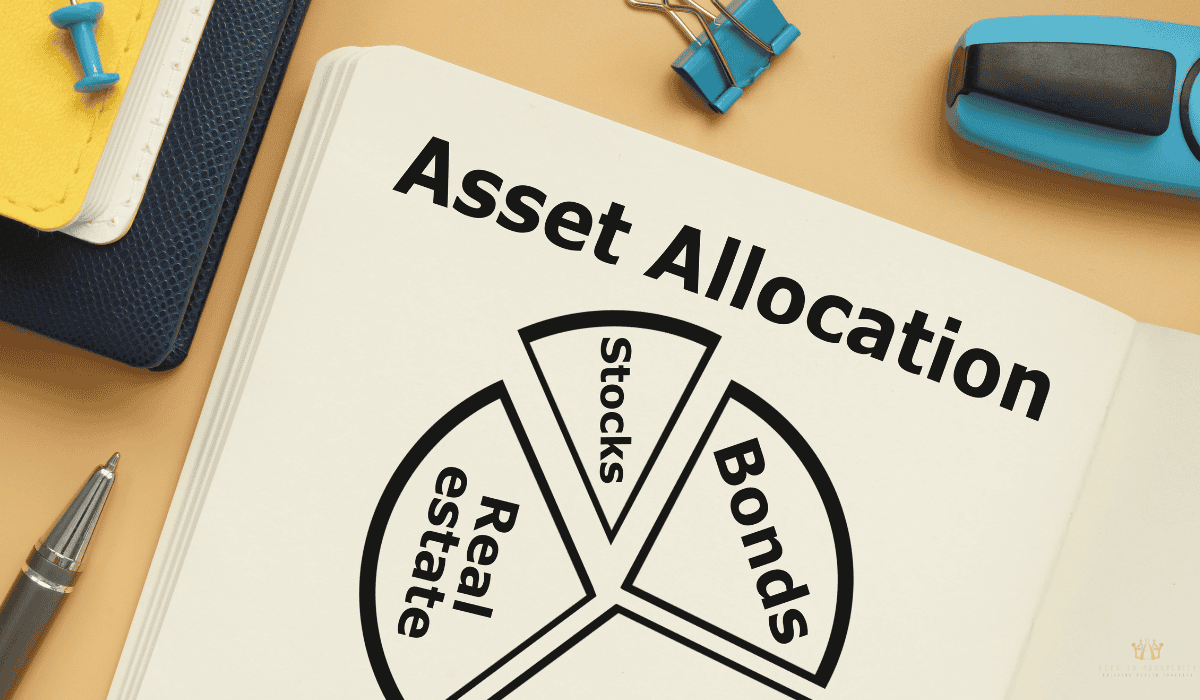
You’ve probably seen how quickly stakes can climb in this sector: U.S. lenders now carry nearly twice as much in commercial real estate debt as they did just over a decade ago. So, it’s critical to get commercial property development risk assessment right from day one.
From our experience, understanding every angle of asset risk, market risk, and environmental risk can make the difference between a smooth closing and unexpected losses.
In this guide, we’ll walk you through proven risk management strategies, shed light on key risk factors, and equip property owners, investors, and property managers with the tools to protect their investment and idle capital in 2025.
If you’ve been following our work on multifamily property value-add renovation strategy, you’ll appreciate how focusing on the details pays off. Up next, we’ll dive into our office space value-add redesign strategy to show you fresh ways to boost returns.
Also, don’t forget to explore our pillar page on the broader value-add commercial real estate strategy for a complete picture of development opportunities.
Let’s get started!
Short Summary
- Commercial property development risk assessment is critical in a market where U.S. banks hold approximately $3 trillion in commercial real estate loans
- Thorough assessment across financial risk, market risk, property risk, and tenant risk creates a complete safety net for investments
- Different property types (retail centers, office buildings) require customized risk management strategies
- Advanced techniques like predictive analytics and GIS mapping help property owners navigate uncertainty and make data-driven decisions
- Ongoing monitoring of market conditions, rental rates, and economic indicators is essential for protecting investments
Understanding The Fundamentals Of Commercial Property Development Risk Assessment
Let’s break down what commercial property development risk assessment really means before diving into the details. Think of it as your financial safety net when venturing into property investments.
What Is Risk Assessment In Commercial Property?
Risk assessment in commercial real estate, more than just another paperwork, is your roadmap to success. It helps property owners identify potential pitfalls before they become costly problems.
Countless deals go south because investors skipped this critical step. Take this scenario: a client nearly purchased an office building with hidden structural issues that would’ve cost millions to fix. A proper assessment caught it in time!
Key Components Of Risk Assessment
A thorough framework includes analyzing financial risk, market risk, property risk, and tenant risk. These components work together to create a complete picture.
In many cases, property specific risk management can make or break your investment. Consider how differently you’d approach risk factors for a downtown retail center versus a suburban commercial building. The assessment criteria shift dramatically!
Different Property Types, Different Risks
Risk assessment varies significantly across property types. Office buildings face different challenges than retail centers.
To put it plainly, it’s better to approach each property type with a unique lens. Some locations face higher vacancy rates risks while others might have greater environmental risk concerns.
Investing Idle Capital Effectively
Proper risk management helps you invest idle capital where it will work hardest. Nothing’s worse than having money sitting around when it could be generating returns, right?
With smart risk assessment, it tells you exactly where to allocate resources for maximum gain with minimal exposure.
Risk Assessment Vs. Due Diligence
While they overlap, risk assessment and due diligence serve different purposes in commercial real estate.
Due diligence focuses on verifying facts about a specific property, while risk assessment evaluates potential future scenarios and their impact on your investment.
We always recommend conducting both processes thoroughly. They complement each other perfectly and provide that added layer of protection every investor needs.
Implementing Effective Property Specific Risk Management Strategies
Once you understand the fundamental risks in commercial real estate, it’s time to develop actionable strategies to manage them effectively. Property specific risk management requires a tailored approach that addresses the unique challenges of each commercial property.
Let’s explore how to implement these strategies to protect your investments and minimize potential threats.

Step-By-Step Process For Conducting A Property-Specific Risk Assessment
Conducting a thorough risk assessment for your commercial properties doesn’t have to be overwhelming. Follow this systematic approach:
- Start with comprehensive data collection about the specific property, including historical performance and current conditions
- Identify all potential risk factors specific to the property type and location
- Quantify the likelihood and potential impact of each risk using a scoring system
- Prioritize risks based on severity and probability
- Document findings in a structured risk register that can be regularly updated
Most effective property assessments don’t just identify risks. They quantify them. This allows property owners to make data-driven decisions rather than relying on gut feelings.
Tailored Risk Management Strategies For Different Commercial Properties
Not all commercial buildings face the same challenges. What works for an office building may not work for retail centers. Here’s how to develop strategies that address the unique risks of each property type:
- For office buildings, focus on tenant stability, building infrastructure, and adaptability to changing work patterns
- Retail centers require strategies addressing consumer traffic patterns, anchor tenant stability, and e-commerce competition
- Industrial properties need risk plans centered around logistics, accessibility, and operational costs
- Mixed-use developments demand integrated approaches that balance residential and commercial risks
For example, multifamily property in an urban area might prioritize tenant risk mitigation through rigorous screening processes and community building initiatives.
Meanwhile, a suburban office park might focus on transportation access and amenities to reduce vacancy rates.
Effective Risk Mitigation Techniques At The Property Level
Implementing practical risk mitigation techniques can significantly reduce your exposure to potential losses. Consider these approaches:
- Diversify your tenant base to avoid over-reliance on a single industry or company
- Implement preventative maintenance programs to reduce unexpected property damage
- Secure appropriate insurance coverage beyond standard policies to address property level risks
- Establish contingency funds for addressing unexpected challenges
- Create flexible lease structures that protect against market downturns while remaining attractive to tenants
You may think that regular property inspections are just formalities. They’re not! They’re crucial early warning systems. They can identify potential issues before they become costly problems, saving thousands in emergency repairs.
The Role Of Market Analysis In Property Value Determination
Understanding the local market is essential for anticipating risks and preserving market value. A comprehensive market analysis should:
- Examine current and projected rental rates in comparable properties
- Analyze vacancy rates in the surrounding area and similar properties
- Identify planned new infrastructure or train lines that might affect accessibility
- Monitor economic indicators that signal potential shifts in the commercial real estate market
- Track market trends in competing properties and emerging business districts
The direct impact of these factors on your property’s performance can’t be overstated. A property that might seem stable today could face significant challenges if market conditions shift unexpectedly.
How Property Managers Can Identify And Address Potential Risks
Effective property managers play a crucial role in ongoing risk identification and management. They should:
- Conduct regular property inspections focused on identifying emerging risks
- Maintain open communication with tenants to identify satisfaction issues early
- Track key performance metrics to spot concerning trends before they become problems
- Stay informed about regulatory changes that could affect property operations
- Implement technology solutions to monitor building systems and predict maintenance needs
The best risk management doesn’t just react to problems; it anticipates them! By establishing early warning systems, property managers can often address small issues before they escalate into significant threats to your investment.
Remember that property specific risk management isn’t a one-time exercise but an ongoing process that helps you stay ahead of potential problems.
Implement these strategies consistently and you’ll be better positioned to protect your investments and maximize returns despite the inherent uncertainties in commercial real estate.
Advanced Commercial Property Development Risk Assessment Techniques
As you become more experienced in commercial property development, you’ll want to adopt sophisticated techniques that go beyond the basics. Advanced risk assessment methodologies can give you a competitive edge in today’s complex market.
These approaches help investors navigate uncertainty and make more informed decisions about their investments.

Tools And Methodologies For Comprehensive Risk Assessment
Today’s technology offers powerful ways to enhance your risk management practices:
- Predictive analytics software that forecasts potential market shifts based on historical data
- Digital twin modeling to simulate how building systems might perform under various stress scenarios
- Geographic Information Systems (GIS) to analyze location risk and identify potential hazards
- Risk scoring matrices that quantify and prioritize diverse risk factors across portfolios
- Monte Carlo simulations to model multiple possible outcomes for your development projects
Even the most technology-resistant property owners are amazed by how these tools can transform their approach to risk! The right technology doesn’t replace human judgment; it enhances it by processing vast amounts of data that would be impossible to analyze manually.
Incorporating Market Trends And Economic Factors Into Risk Models
Sophisticated risk assessment requires looking beyond the property itself to broader economic trends. Here’s how to integrate these critical factors:
- Track leading economic indicators like employment growth, consumer spending, and GDP growth relevant to your market
- Monitor interest rates forecasts and their potential impact on debt financing and capitalization rates
- Analyze demographic shifts that might affect demand for different property types
- Assess how changes in remote work patterns could influence office space requirements
- Evaluate the impact of e-commerce growth on retail and industrial space demand
A thoughtful investor might notice that a city with strong job growth but declining transportation infrastructure presents both opportunity and risk. The interplay between these factors creates nuanced risk profiles that simple analyses miss.
Analyzing Rental Rates To Assess Financial Viability
Understanding the dynamics of rental rates is crucial for evaluating financial risk and potential returns:
- Compare current rates against historical trends to identify potential pricing bubbles
- Analyze rent growth patterns across different commercial real estate segments
- Calculate rent-to-income ratios for your target tenant base to assess affordability
- Project how market conditions might impact future rental growth
- Evaluate the spread between your property’s rates and those of competitors to determine price elasticity
If you think rental rate analysis is about today’s numbers, you’re right! However, it’s also about trajectories. A property with slightly below-market rents but in an area with strong fundamentals might represent less risk than one with premium rates in a potentially overheated sector.

Strategies For Monitoring Changes In The Local Market
Staying attuned to your local market requires consistent attention and systematic approaches:
- Establish relationships with local economic development offices to get early information about planned developments
- Monitor building permit applications to anticipate new supply coming to market
- Track sales of comparable properties to identify shifting property prices and cap rates
- Join local business associations to gather intelligence about company expansions or contractions
- Create dashboards that track key market metrics specific to your property type
Local knowledge can provide an added layer of insight that broader market analyses miss. For instance, the announcement of a major employer expanding nearby might significantly impact your property’s value before it shows up in broader market research.
How Risk Management Services Help Property Owners Stay Ahead
Professional risk management services can provide expertise that complements your own knowledge:
- Third-party risk assessments offer objective evaluations free from confirmation bias
- Specialized consultants can identify blind spots in your current risk approach
- Insurance advisors can optimize coverage to address your specific risk factors
- Property technology providers can implement monitoring systems to track building performance
- Economic research firms can provide deeper market analysis than most investors can conduct independently
For example, a retail center owner facing declining foot traffic might benefit enormously from a specialized consultant who has helped similar properties adapt to changing consumer behaviors.
The cost of these services is often minimal compared to the potential risks they help mitigate.
By implementing these advanced techniques, you’ll develop a more sophisticated understanding of the potential threats facing your investments.
This knowledge won’t eliminate all risk—nothing can—but it will help you make more informed decisions about which risks are worth taking and how to protect your investment from those that aren’t.
The most successful investors know that superior risk management often yields better returns than chasing the highest potential profits without considering the significant impact of risks.
Final Thoughts
Commercial property development risk assessment isn’t something you can afford to skip in today’s volatile market. The stakes are too high! We’ve seen firsthand how proper risk management saves millions for our clients while poor planning leads to disaster.
Don’t wait for problems to appear. Get ahead of potential risks now. Take action today by implementing the strategies we’ve outlined, starting with a thorough assessment of your current commercial properties.
Remember that risk changes over time, so make this an ongoing practice rather than a one-time effort. Ready to learn more? Check out our homepage for additional resources on maximizing returns while minimizing uncertainty in your commercial real estate portfolio.
Frequently Asked Questions
What Is Commercial Property Development Risk Assessment?
Commercial property development risk assessment is a systematic approach to identifying potential threats to your investment before they become costly problems.
It helps property owners and investors evaluate the viability of a project by analyzing financial risk, market risk, property risk, and other factors that could impact returns.
How Does Risk Assessment Differ For Various Commercial Properties?
Risk assessment varies significantly across property types because each faces unique challenges; office buildings might focus on tenant stability and work pattern adaptability, while retail centers require analysis of consumer traffic and e-commerce competition.
The location, purpose, and tenant profile of each specific property fundamentally shapes which risk factors deserve the most attention.
What Role Do Economic Indicators Play In Risk Assessment?
Economic indicators like GDP growth, interest rates, and employment statistics provide crucial context for how market conditions might evolve.
These factors have a direct impact on rental rates, vacancy rates, and property prices, making them essential components of any thorough commercial property development risk assessment.
How Often Should Risk Assessments Be Updated?
Risk assessments should be performed before acquisition and then updated at least annually, with additional reviews whenever significant market trends, regulatory changes, or property modifications occur.
Regular reassessment helps property managers and owners stay ahead of emerging threats and capitalize on new opportunities in the constantly evolving commercial real estate market.






